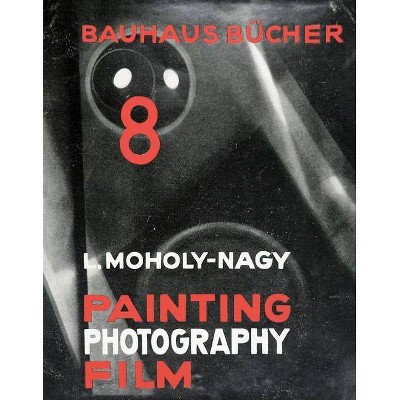Reaction Kinetics: Exercises, Programs and Theorems - by János Tóth & Attila László Nagy & Dávid Papp (Paperback)

Similar Products
Products of same category from the store
AllProduct info
<p/><br></br><p><b> Book Synopsis </b></p></br></br>Fifty years ago, a new approach to reaction kinetics began to emerge: one based on mathematical models of reaction kinetics, or formal reaction kinetics. Since then, there has been a rapid and accelerated development in both deterministic and stochastic kinetics, primarily because mathematicians studying differential equations and algebraic geometry have taken an interest in the nonlinear differential equations of kinetics, which are relatively simple, yet capable of depicting complex behavior such as oscillation, chaos, and pattern formation. The development of stochastic models was triggered by the fact that novel methods made it possible to measure molecules individually. Now it is high time to make the results of the last half-century available to a larger audience: students of chemistry, chemical engineering and biochemistry, not to mention applied mathematics. Based on recent papers, this book presents the most important concepts and results, together with a wealth of solved exercises. The book is accompanied by the authors' Mathematica package, ReactionKinetics, which helps both students and scholars in their everyday work, and which can be downloaded from http: //extras.springer.com/ and also from the authors' websites. Further, the large set of unsolved problems provided may serve as a springboard for individual research.<p/><br></br><p><b> From the Back Cover </b></p></br></br>Fifty years ago, a new approach to reaction kinetics began to emerge: one based on mathematical models of reaction kinetics, or formal reaction kinetics. Since then, there has been a rapid and accelerated development in both deterministic and stochastic kinetics, primarily because mathematicians studying differential equations and algebraic geometry have taken an interest in the nonlinear differential equations of kinetics, which are relatively simple, yet capable of depicting complex behavior such as oscillation, chaos, and pattern formation.The development of stochastic models was triggered by the fact that novel methods made it possible to measure molecules individually. Now it is high time to make the results of the last half-century available to a larger audience: students of chemistry, chemical engineering and biochemistry, not to mention applied mathematics. Based on recent papers, this book presents the most important concepts and results, together with a wealth of solved exercises. The book is accompanied by the authors' Mathematica package, ReactionKinetics, which helps both students and scholars in their everyday work, and which can be downloaded from http: //extras.springer.com/ and also from the authors' websites. Further, the large set of unsolved problems provided may serve as a springboard for individual research.<br><p/><br></br><p><b> About the Author </b></p></br></br><b>János Tóth </b>graduated from mathematics at Eötvös Loránd University and started to work for the Institute of Medical Chemistry. His main interest is in applied mathematics (differential equations and stochastic processes) in chemistry, chemical engineering, biochemistry, pharmacology and combustion. He is best known for his work on the inverse problem, on the stochastic model of the Michaelis-Menten reaction, and on lumping. Presently an honorary professor of the Budapest University of Technology and Economics, he was a visiting researcher at Princeton University, Pierre et Marie Curie Université, INRA, INERIS. He has published over 100 papers and four books. He has designed and taught subjects in mathematical chemistry. In 2017 he received the MaCKiE Lifetime Achievement Award.<br><b>Attila László Nagy</b> graduated with highest honors from Budapest University of Technology and Economics as applied mathematician. He received his MSc under the guidance of János Tóth in 2011 by defending his thesis on stochastic parameter estimation methods. Since then he has been working both in the field of interacting particle systems and mathematical chemistry, and is now a PhD candidate. So far five publications of his have appeared in various journals including the Annals of Probability and the Journal of Mathematical Chemistry. Over the years he has taught several mathematics-related subjects mainly for engineering students at the undergraduate level. Recently, he has been working in the industry, currently as a business analyst. <br><b>Dávid Papp</b> received his PhD from Rutgers University in 2011. Following postdoctoral researcher positions at Northwestern University and Massachusetts General Hospital, he is now an Assistant Professor of Mathematics at North Carolina State University. His research interests are in mathematical optimization and its applications in medicine, engineering, and statistics. He has written 30 publications. Over the years he has designed and taught various applied mathematics courses both at the undergraduate and PhD level.
Price History
Cheapest price in the interval: 59.99 on November 8, 2021
Most expensive price in the interval: 59.99 on December 20, 2021
Price Archive shows prices from various stores, lets you see history and find the cheapest. There is no actual sale on the website. For all support, inquiry and suggestion messages communication@pricearchive.us




















